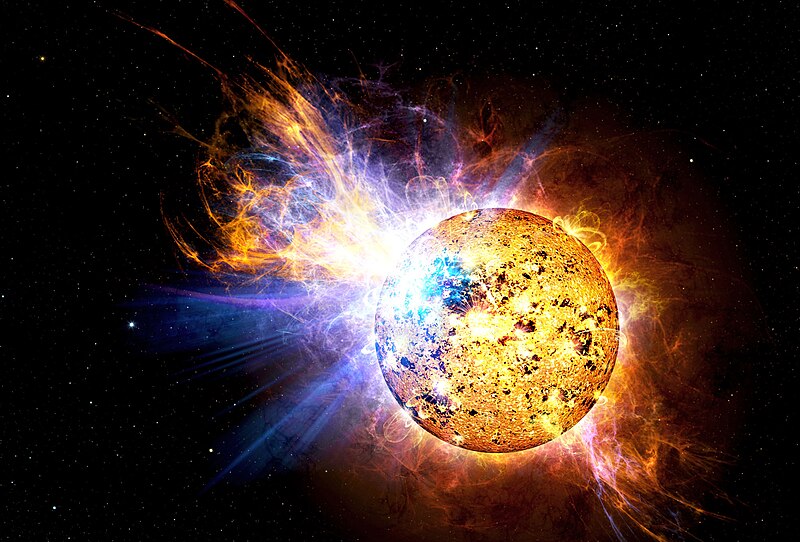File:Nasa EV Lacertae 250408.jpg

預覽大小:800 × 542 像素。 其他解析度:320 × 217 像素 | 640 × 434 像素 | 1,024 × 694 像素 | 1,280 × 867 像素 | 2,000 × 1,355 像素。
原始檔案 (2,000 × 1,355 像素,檔案大小:485 KB,MIME 類型:image/jpeg)
檔案歷史
點選日期/時間以檢視該時間的檔案版本。
| 日期/時間 | 縮圖 | 尺寸 | 用戶 | 備註 | |
|---|---|---|---|---|---|
| 目前 | 2023年10月24日 (二) 07:32 |  | 2,000 × 1,355(485 KB) | Юрий Д.К. | original quality |
| 2008年6月20日 (五) 01:16 |  | 2,000 × 1,355(301 KB) | Kimse | Full resolution | |
| 2008年5月23日 (五) 21:45 |  | 1,600 × 1,200(253 KB) | Anetode | ||
| 2008年5月21日 (三) 14:13 |  | 946 × 710(112 KB) | Fer31416 | {{Information |Description=Explosión de EV Lacertae |Source= NASA |Date= |Author= NASA |Permission= |other_versions= }} |
檔案用途
下列頁面有用到此檔案:
全域檔案使用狀況
以下其他 wiki 使用了這個檔案:
- ar.wikipedia.org 的使用狀況
- ast.wikipedia.org 的使用狀況
- bs.wikipedia.org 的使用狀況
- ca.wikipedia.org 的使用狀況
- de.wikipedia.org 的使用狀況
- en.wikipedia.org 的使用狀況
- es.wikipedia.org 的使用狀況
- Lacerta
- Estrella fulgurante
- EV Lacertae
- Usuario:Jorghex
- Wikipedia:Candidatos a recursos destacados/Junio-2008
- Wikipedia:Candidatos a recursos destacados/Pipsqueak Star Unleashes Monster Flare.jpg
- Wikipedia:Recurso del día/julio de 2008
- Plantilla:RDD/186
- Wikipedia:Imágenes destacadas/Universo
- Wikipedia:Recurso del día/101 - 200
- Wikipedia:Recurso del día/abril de 2009
- Wikipedia:Recurso del día/junio de 2010
- Wikipedia:Recurso del día/diciembre de 2011
- Wikipedia:Recurso del día/diciembre de 2013
- Wikipedia:Recurso del día/junio de 2016
- Wikipedia:Recurso del día/septiembre de 2018
- Wikipedia:Recurso del día/enero de 2021
- Wikipedia:Recurso del día/diciembre de 2023
- eu.wikipedia.org 的使用狀況
- ext.wikipedia.org 的使用狀況
- fa.wikipedia.org 的使用狀況
- fr.wikipedia.org 的使用狀況
- fr.wiktionary.org 的使用狀況
- it.wikipedia.org 的使用狀況
檢視此檔案的更多全域使用狀況。



